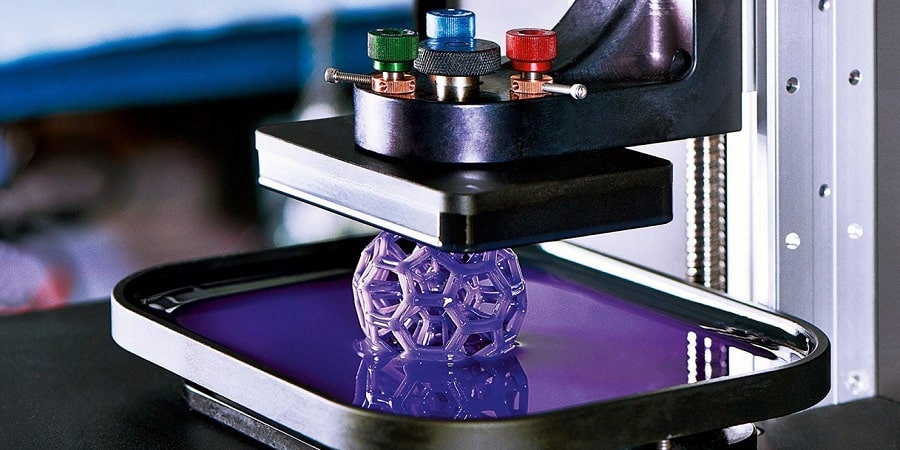
What is 3D printing and what are its features?
Recently, more and more often heard about 3D printing, but not everyone understands what the essence of this technology is, so this needs to be dealt with and studied in more detail. 3D printing is the creation of a part by applying material one layer at a time. For printing, additive construction installations are used, namely 3D printers. And now there are several types. The essence of the work is that the print head moves along the trajectory and applies the molten material, thereby building up the follower part over the layer. And over time, the layers harden and stick together, eventually a solid product is obtained. This method makes it possible to produce parts regardless of their geometry. Most often, plastic or metals are used for printing. Of course, it is plastic that is most in demand today and is used almost everywhere. Metal is most in demand in medicine and engineering. And there are many types of plastic with different properties and parameters. In fact, the modern market offers options every year. For example, environmentally friendly and financially affordable biomaterial based on wood waste deserves special attention. Or you can pay attention to fire-resistant plastic. Of course, the process of creating material is quite complex and time-consuming. But still, every year the variability for this industry increases.
Benefits of 3D printing limitations
It is important to immediately understand that the new technology carries a number of difficulties that you need to familiarize yourself with:
- For each printer, certain elements for printing are used. For example, if the product is intended for metal, then it will not cope with plastic.
- Parts need to be handled regularly. Layers are often visible when printing fast. Of course, for auxiliary elements it does not matter. But for the final product, this is important, so polishing is required.
- Cavity inside. If this is a volumetric part, then it will be of increased strength.
- Details may vary under different conditions after printing.

But 3D technology also has advantages:
- You can create elements of any complexity without using gluing. This technology makes it possible to create parts of almost any geometry. In other cases, this freedom simply does not exist.
- Huge selection of materials for printing. Already at the moment there are a lot of types of plastic, there are more than 500 of them. It can be both refractory and transparent, resistant to frost, increased strength, and so on. Some materials even mimic natural materials such as metal and wood.
- Speed of work. Printing a prototype or the final product will not take much time. The usual method will be an order of magnitude more difficult. In addition, modern equipment has increased power.
- Cost. For industrial purposes, the cost of equipment will be about 50 thousand euros, but this is how much CNC equipment costs.
- Economic benefit. Thanks to 3D printing, you can save on the consumption of production material and immediately understand how much it will be required for work.
